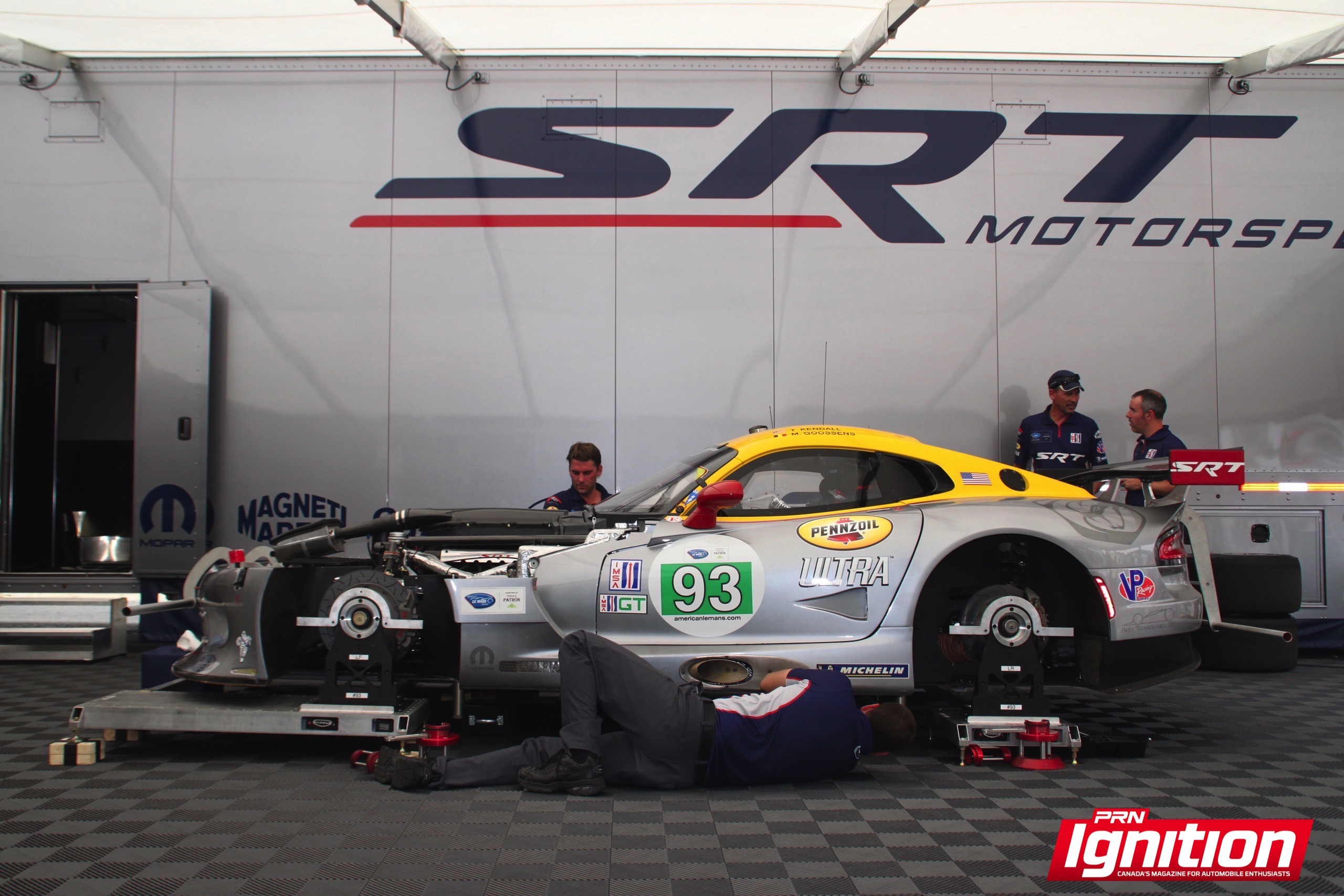It may be the driver who sprays champagne after a competition well run, but true motorsport fans know that the real heroes on any racing team are the technicians: those men and women who work tirelessly to prepare the car and keep it running from green to checkered flag.
If you have never done it, watch the next race you attend from the garage. It’s worth missing a pass for the lead to watch the coordinated ballet of muscle and grease as a crew of skilled technicians replace a transmission in less time than it takes the rest of us to fuel up at the gas station. The work is hard, hot and tense, but the sense of accomplishment that washes through the team after a successful thrash is every bit as satisfying as a driver’s full-commitment pass.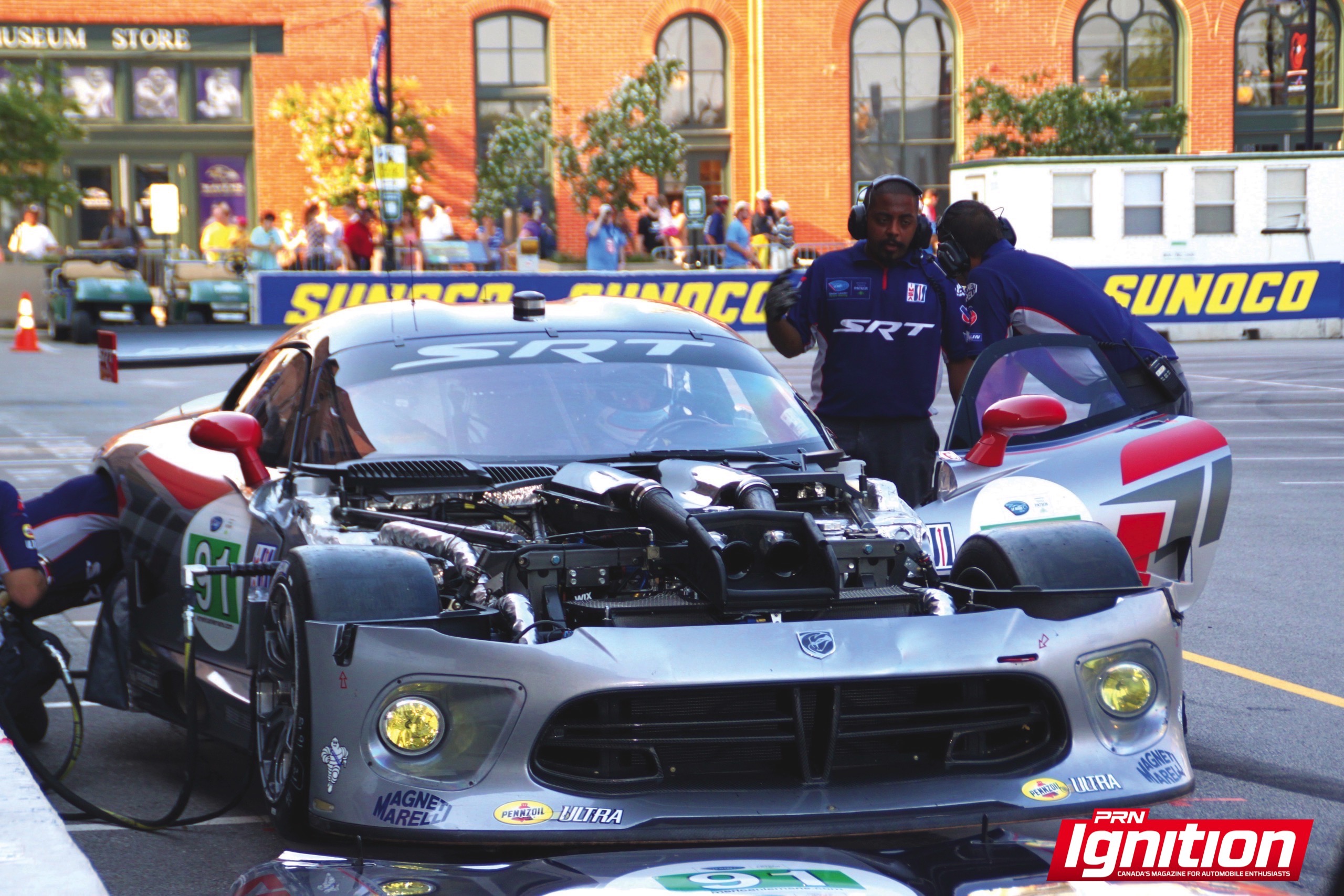
The school offers a mechanics’ training program as part of its course offering at the Canadian Tire Motorsport Park in Bowmanville, Ontario, about an hour’s drive east of Toronto. It is an intensive, seven-month program where a class of 16 students can develop the skills needed to work on a race team. With tuition of only $1,390 CAD, course elements include everything from fasteners and brake systems, to welding and machining – and everything in between. An abbreviated, half-length program is available for $690.
One unique component to the program is the opportunity to spend some time behind the wheel of the school’s Van Diemen Formula cars, something Goodman says is invaluable to a mechanic’s education. “A mechanic who has spent time behind the wheel understands the driver better.”
He says participants in the program run the gamut from recent high school grads looking to acquire some additional skills before entering the workforce, to race fans seeking a way to break into the ranks of pro racing. “The work quality they achieve, which is very quickly extrapolated to a defined performance achievement, drives these individuals to take it seriously and give it their all day after day, and month after month.”
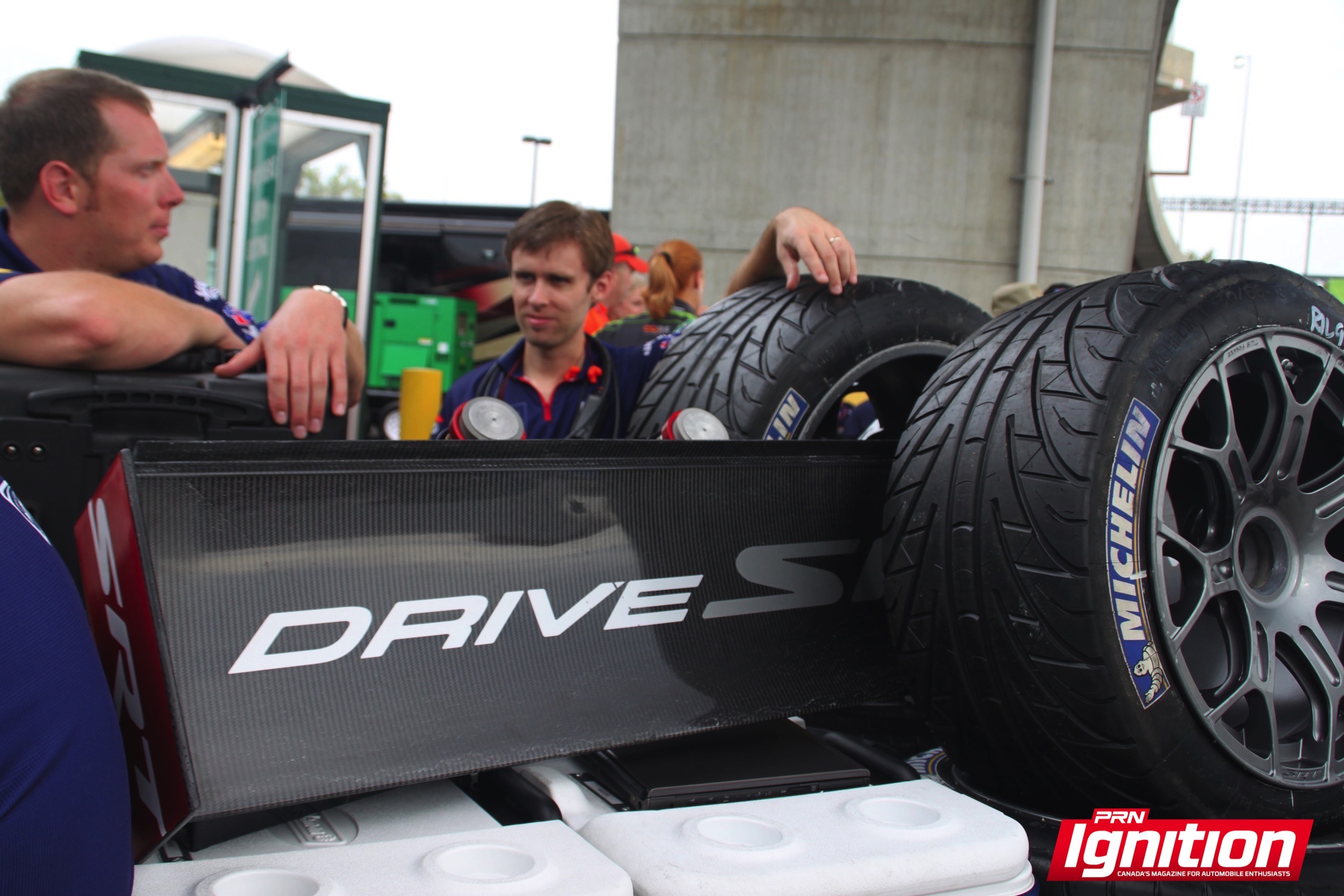 |
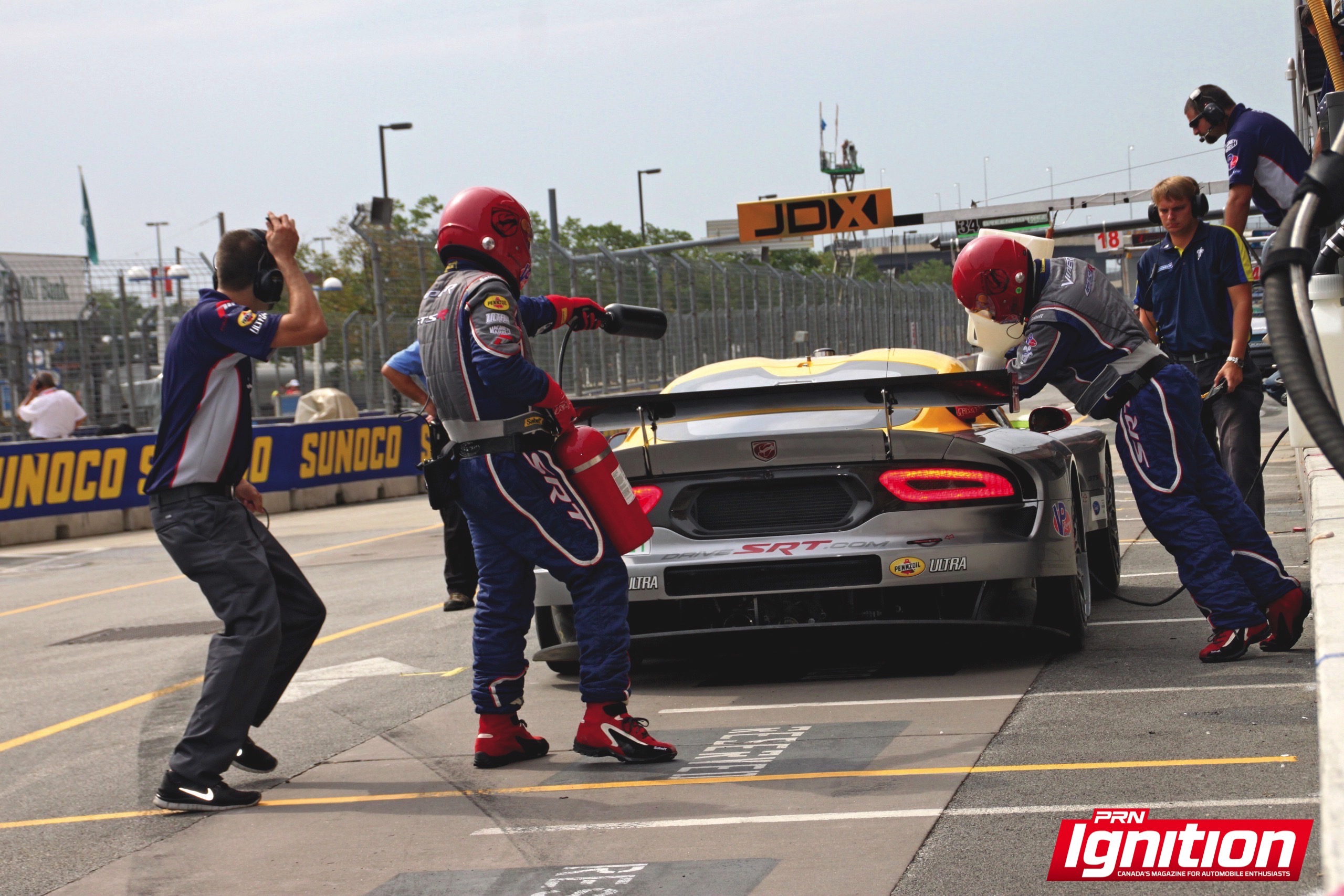 |
Rich Howard is a guy who gives it his all. He is the crew chief for Andretti Autosport’s new Volkswagen Andretti Rallycross team, which will campaign cars for drivers Tanner Foust and Scott Speed in the Global Rallycross Championship this year. Although he looks to programs like the one offered by the Bridgestone Racing Academy when he is hiring mechanics for his team, he says there are a lot of different routes to a career in racing. “When people ask how you get into this, I always say: ‘Go racing whatever way you can,’” he says. “And go to school for something you can trade for money when you get tired of this…go and train to be a dentist or something.”
Howard has worked on top-tier IndyCar and sports car teams over a career that stretches back into the 1990s. Now based in Indianapolis, he grew up in the Toronto area and went to film school before he was bitten by the racing bug and turned a hobby into his career.
“In my teens I was lucky enough to work on a
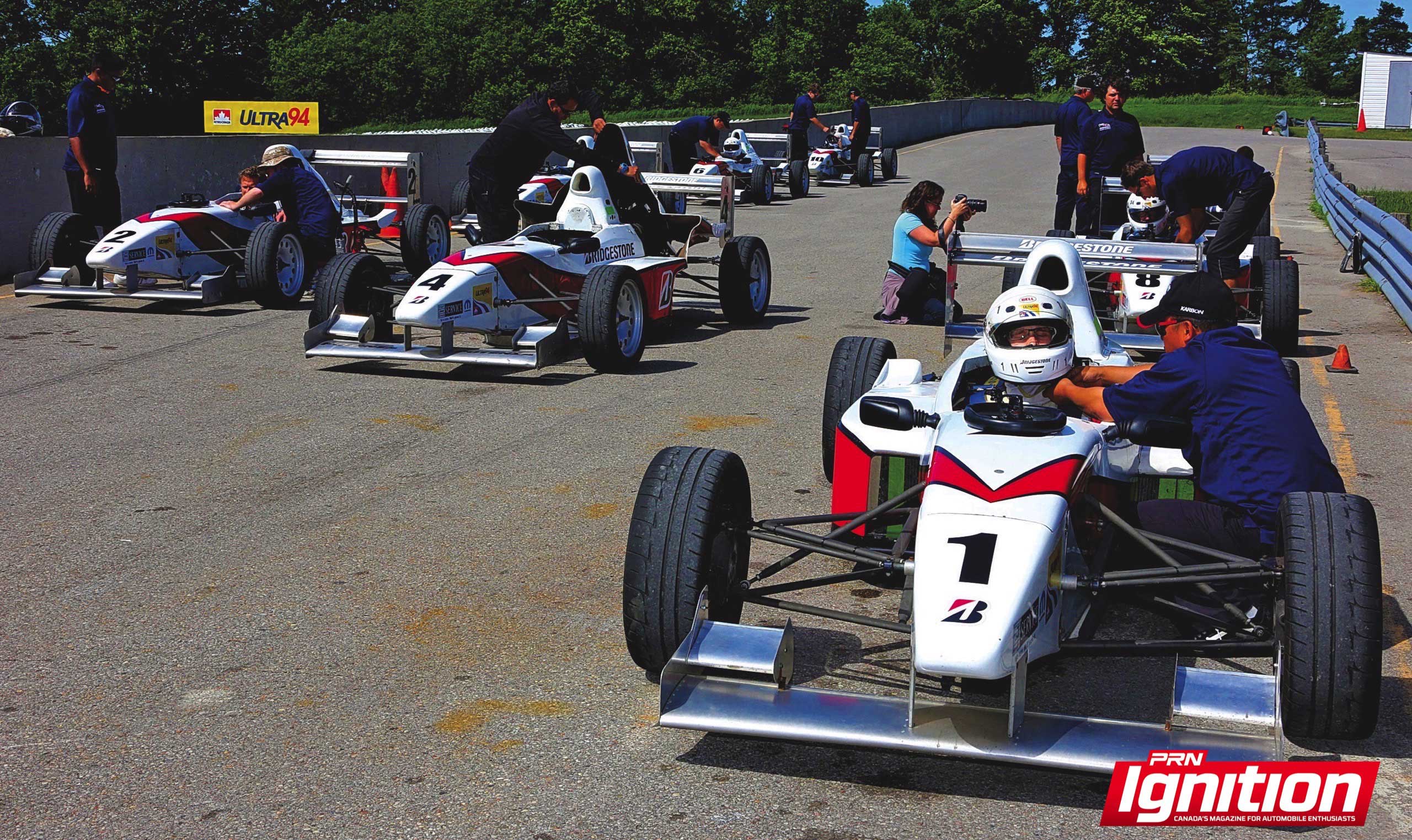 couple jobs that exposed me to motorsports in a weekend amateur way. I never figured I could trade it for money, it was just something kind of fun.”
couple jobs that exposed me to motorsports in a weekend amateur way. I never figured I could trade it for money, it was just something kind of fun.”He says it takes a special kind of person to become a successful racing technician. It’s more about who they are, than the skills they have coming into the job. They need an eye for detail, an ability to play well with others, and a dash of pragmatism that gets the job done in the heat of the moment, he says. “It’s about knowing how to make decisions,” says Howard. “About not having to have your hands held and not work to a manual. The green flag is going to fly in three days whether we’re there or not.”
And while those all-important tire changes are the moments that take up the most screen time on your average racing broadcast, he stresses that the job is so much more than that. “The actual changing of tires is 30 seconds of your weekend,” he says. “The bulk of your time is doing preparation; taking it apart and putting it back together trying to make it better every time it leaves the shop.”




















